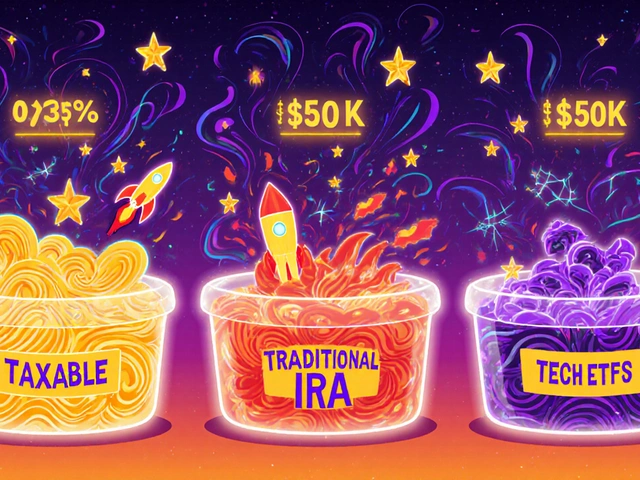Portfolio Rebalancing: How to Keep Your Investments on Track
When you set up a portfolio rebalancing, the regular process of adjusting your investments to maintain your original asset mix. Also known as portfolio adjustment, it’s not about chasing hot stocks—it’s about staying grounded when markets swing wildly. Without it, your portfolio slowly drifts away from your risk plan. Maybe you started with 60% stocks and 40% bonds, but after a strong market year, you’re now at 75% stocks. That’s not diversification anymore—that’s gambling with your long-term goals.
Rebalancing works because markets don’t move in straight lines. Asset allocation, how you split your money across different types of investments like stocks, bonds, and cash is your anchor. But over time, some assets grow faster than others. If you ignore it, you end up with too much of what’s up and too little of what’s down—exactly the opposite of buying low and selling high. Risk management, the practice of protecting your money from unexpected losses depends on this discipline. A portfolio that’s out of balance exposes you to more volatility than you signed up for. And if you wait too long to fix it, you might end up selling at the worst time—like during a crash—just to get back to your target.
Most people think rebalancing means selling winners and buying losers. That’s part of it, but the real trick is knowing when and how often. Some rebalance every year. Others wait until their allocations drift more than 5% from target. Some use automated tools from robo-advisors like Vanguard or Fidelity Go to do it for them. You don’t need to be a pro. What you do need is a plan and the discipline to stick to it—even when your gut says to hold onto that hot stock.
You’ll find posts here that break down how to rebalance with ETFs, how currency swings affect global portfolios, and why fund turnover can eat into your returns if you’re not careful. There’s advice on using target-date funds as a lazy-man’s rebalance tool, how direct indexing lets you fine-tune tax losses during adjustments, and why international rebalancing matters more than ever in 2025. This isn’t theory. These are real strategies used by people who want to sleep better at night—not because they’re lucky, but because they know how to keep their portfolio in check.





